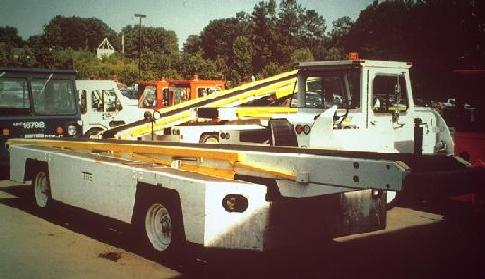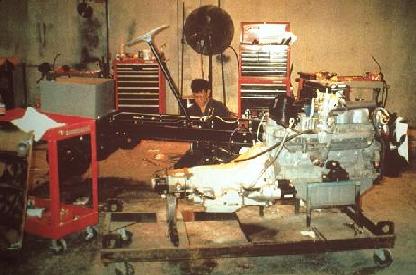
Figure 1: An assortment of airport tractors manufactured by Tug

Figure 1: An assortment of airport tractors manufactured by Tug
Tug manufactures the tractors that you see at any airport pulling luggage trains or loading the plane by conveyor (Figure 1). Tug grew up from a local family-owned enterprise and was recently taken over by a dynamic and aggressive management team who are aggressively pursuing growth opportunities. However, they were being held back by an antiquated manufacturing system that could not support rapid growth.
Incredibly, each tractor was built from the ground up by a single person (or team of two): They laid the jack stands onto which a welded frame was placed and then began bolting on the parts, the hydraulic system, the electronics, the fuel system, and so on (Figure 2). No one had documented how to build a tractor -- no one had time!
It was very hard to increase production to pursue new business: A new worker might take weeks or even months before they could master how to build a tractor. Moreover, the factory was working such long hours that many people burned out and quit, so there had recently been a 70% turnover rate.

Figure 2: Before bucket brigades each tractor was built by a single person.
We designed a bucket brigade assembly line that worked like this: When the fastest worker (at, say, the lower-right station in Figure 3) finishes a tractor, it is driven off to the paint booth; then he pushes his tool box to the preceding station (lower-left) to take over that tractor; and so on in the distinctive bucket-brigade pattern of movement, until the slowest worker relinquishes his tractor (upper-right) and pushes his tool box to the lower-left station to set up jack stands and start a new tractor.
The challenge in this case was how to make the handoffs easy. Initially we had some problems with quality control: Because everyone built their tractors slightly differently, it was hard for someone taking over a tractor to know exactly what remained to be done. We ameliorated this by breaking tractor assembly into ten or so major steps and asked the mechanics to check off each step as the completed it. This made handoffs simpler and reduced errors.
Prior to bucket brigades, four mechanics were completing just under 4 of their most popular model each day; immediately after changing to bucket brigades, the mechanics were completing just over 4 tractors a day.
The advantages of bucket brigades included increased throughput; but more importantly, new workers could learn more quickly (because the repeated the same tasks several times each day instead of once every few days). This allowed Tug the ability to operate an assembly line without waiting to document their process and perform time-motion studies.